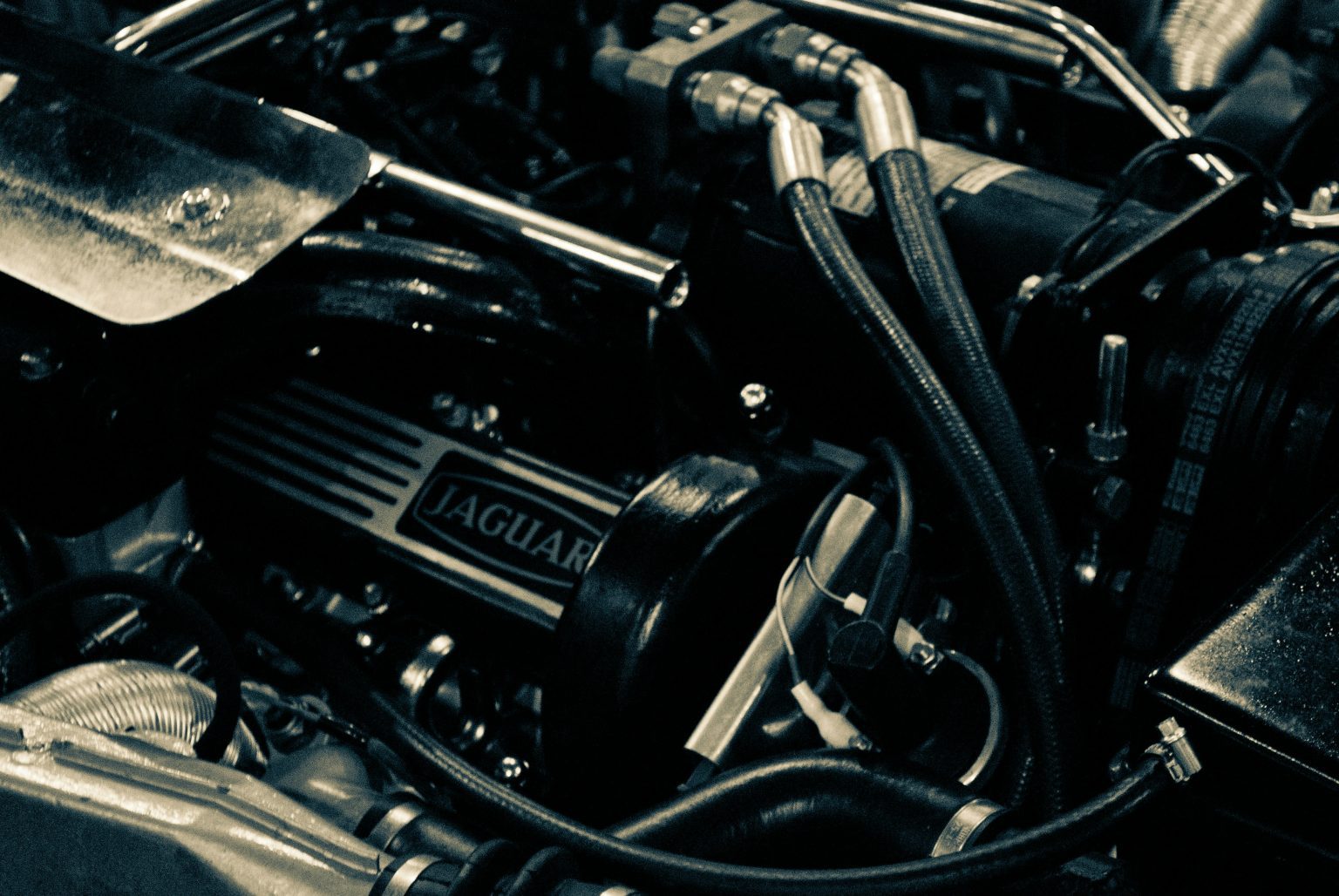A vehicle’s transmission is one of its most vital components, responsible for delivering power from the engine to the wheels. Without a functioning transmission, even the most powerful engine cannot perform. When it comes time for replacement, many drivers explore the option of buying a used transmission as a cost-effective alternative to purchasing new. However, this decision requires careful thought. Choosing the right used transmission can save money and extend the life of your vehicle, while a poor choice may result in costly repairs down the road.
Understanding the Role of a Transmission
Before diving into the buying process, it helps to understand why transmissions are so important. They regulate power and torque, ensuring your vehicle operates smoothly across different speeds. Because they endure constant stress and heat, transmissions are susceptible to wear over time. When shopping for a replacement, especially a used one, it’s essential to make sure the unit has enough life left to serve your vehicle reliably.
Compatibility With Your Vehicle
One of the first things to check when buying a used transmission is compatibility. Transmissions are not universal; they are designed to fit specific makes, models, years, and even engine types. A mismatch can cause performance problems or prevent installation altogether. Confirming compatibility through the vehicle identification number (VIN) or a professional mechanic ensures that the transmission you choose will work seamlessly with your car.
Mileage and Usage History
The lifespan of a transmission often depends on how it was used by its previous owner. A unit with lower mileage is generally preferable, but mileage alone doesn’t tell the full story. The way the vehicle was driven—whether mostly on highways or in stop-and-go city traffic—affects wear and tear significantly. A transmission from a well-maintained vehicle with higher mileage might outperform one with lower mileage but poor maintenance. Always inquire about the usage history to gain a clearer picture of the condition.
Service and Maintenance Records
Service records are invaluable when assessing a used transmission. Regular fluid changes, timely repairs, and adherence to maintenance schedules indicate that the unit was cared for properly. Lack of records, on the other hand, can be a red flag. Transmissions that have been serviced with quality fluids and inspected regularly are more likely to deliver consistent performance after installation. Asking for these documents provides peace of mind and helps you make a confident decision.
Signs of Wear or Damage
Visual inspection is an important step before purchasing. Look for leaks, cracks, or signs of burnt transmission fluid, which often indicate underlying problems. A healthy transmission fluid should be red or pink and free from burnt odors. If the fluid appears dark or smells bad, it may point to overheating or internal damage. Additionally, check for excessive rust on the housing or worn seals, as these issues may lead to future complications.
Warranty or Guarantee Options
Buying a used transmission without any warranty can be risky. Many reputable sellers and salvage yards offer limited warranties or guarantees, which protect you if the unit fails soon after installation. Even a short-term warranty is better than none, as it provides some level of security for your investment. Always review the terms carefully, noting what is covered and what isn’t. Choosing a transmission with a warranty demonstrates confidence from the seller and offers peace of mind to the buyer.
Reputation of the Seller
Not all sellers are equal when it comes to used auto parts. Buying from a trusted source—whether a certified salvage yard, an established dealership, or a reputable online vendor—can make a significant difference. Reliable sellers test their transmissions, provide accurate information, and stand behind their products. Conducting research, reading reviews, and asking for referrals can help you avoid dishonest or careless sellers who might prioritize quick sales over quality.
Cost Versus Value
While price is often the driving force behind buying a used transmission, it should not be the only factor. A unit that seems inexpensive upfront may end up costing more in repairs, towing, or premature replacement. Instead of focusing solely on the lowest price, consider the overall value. A slightly higher-priced transmission with proper records, lower mileage, and a warranty may save you more in the long term than a bargain unit with questionable history.
Professional Installation
Even the best used transmission won’t perform properly if it isn’t installed correctly. Professional installation ensures the unit is fitted securely, fluid levels are correct, and all connections align with manufacturer specifications. Some warranties even require installation by certified mechanics to remain valid. Investing in professional help reduces the risk of errors and maximizes the performance and longevity of the transmission.
Long-Term Reliability
Ultimately, the goal of buying a used transmission is to restore your vehicle’s function without breaking the bank. To achieve this, consider how long you intend to keep the vehicle and what level of reliability you require. For a short-term fix, a budget-friendly transmission may suffice. But if you plan on driving the car for several more years, investing in a higher-quality used unit with solid records and a warranty is the wiser choice.
Final Thoughts
Purchasing a used transmission is a decision that requires research, patience, and careful evaluation. When you plan to buy used transmissions, focusing on compatibility, mileage, service history, condition, and seller reputation increases your chances of finding a unit that delivers both performance and value. While cost savings are one of the biggest appeals, the true benefit lies in restoring your vehicle’s functionality with confidence. A thoughtful approach ensures that your investment not only saves money but also keeps your vehicle on the road reliably for years to come.


